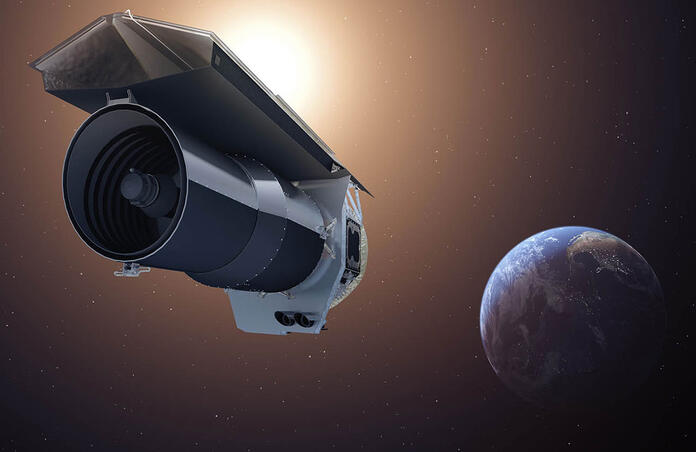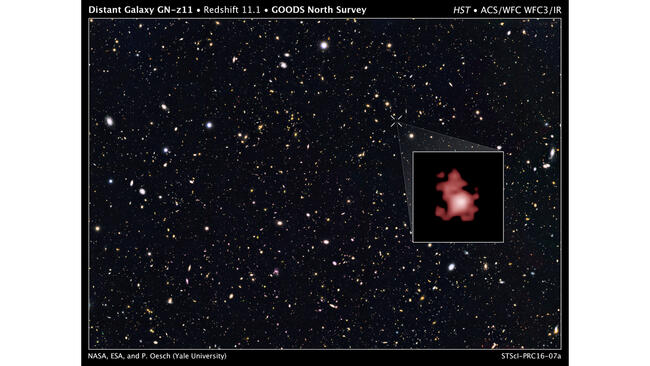NASA's Spitzer Space Telescope Completes 16-Year Mission

NASA’s Spitzer Space Telescope, an infrared telescope studying our solar system, is finally coming to the end of its life. At the end of January 2020, in anticipation of the upcoming James Webb Space Telescope launch in 2021, NASA decided to end the telescope’s mission, power down its primary systems, and effectively discontinue further scientific research. The decision marked the conclusion of a 16-year campaign, which was initially intended to only be five years in duration. During its extended lifespan, Spitzer made significant contributions to our knowledge of the universe, including insight into our own origins and the evolution of galaxies.
Spitzer’s Accomplishments

Launched in 2003, the Spitzer Space Telescope's original objective was to provide comprehensive data from two of three onboard instruments, the Infrared Spectrograph and Multiband Imaging Photometer for Spitzer (MIPS). The telescope completed its scientific research in 2009, at which point both devices had subsequently run out of the coolant necessary to power them. However, researchers were able to continue using the third onboard instrument, the Infrared Array Camera. Using this camera, researchers were able to make a wide range of different discoveries over nearly 11 years.
The telescope's first significant discovery came in 2014 when it found evidence of asteroid collisions in a young, newly-formed planetary system. Spitzer provided evidence that suggested these types of collisions may be common during the early formation of solar systems, and possibly even crucial to the formation of some planets. Later, in 2016, the Spitzer telescope and the Hubble Telescope joined forces to image the most distant galaxy ever detected. After its joint operation with Hubble, Spitzer spent the rest of its time observing and studying the TRAPPIST-1 system—a single-star system with seven Earth-size, terrestrial planets.
On the Shoulders of Giants
During its lifespan, Spitzer studied asteroids and comets, planets, exoplanets, stars, and the composition of stellar dust, galactic evolution, and discovered a previously unidentified ring around Saturn. Not only did the telescope provide incredible amounts of valuable data, but it also helped pave the path for the James Webb Space Telescope to take up the gauntlet of studying the universe through infrared. Spitzer is already regarded as one of NASA's four "Great Observatories," and its contributions to science will undoubtedly be solidified in scientific history.